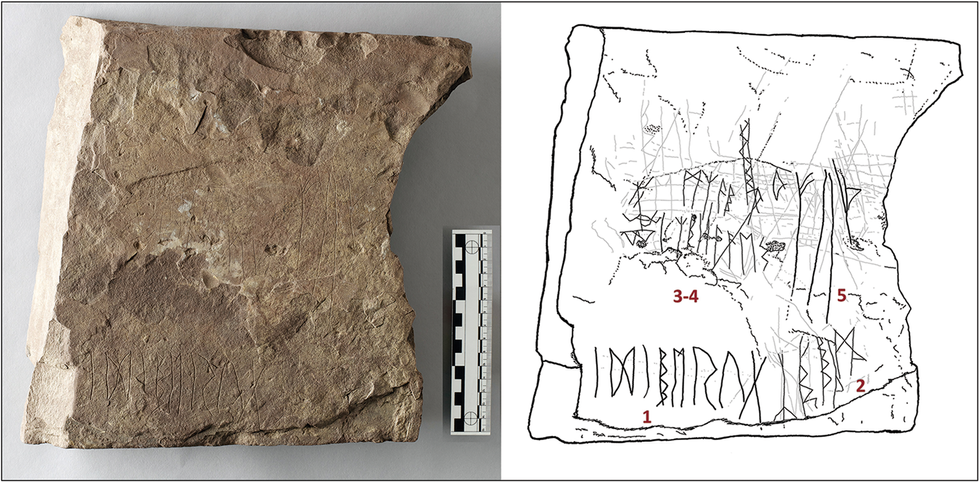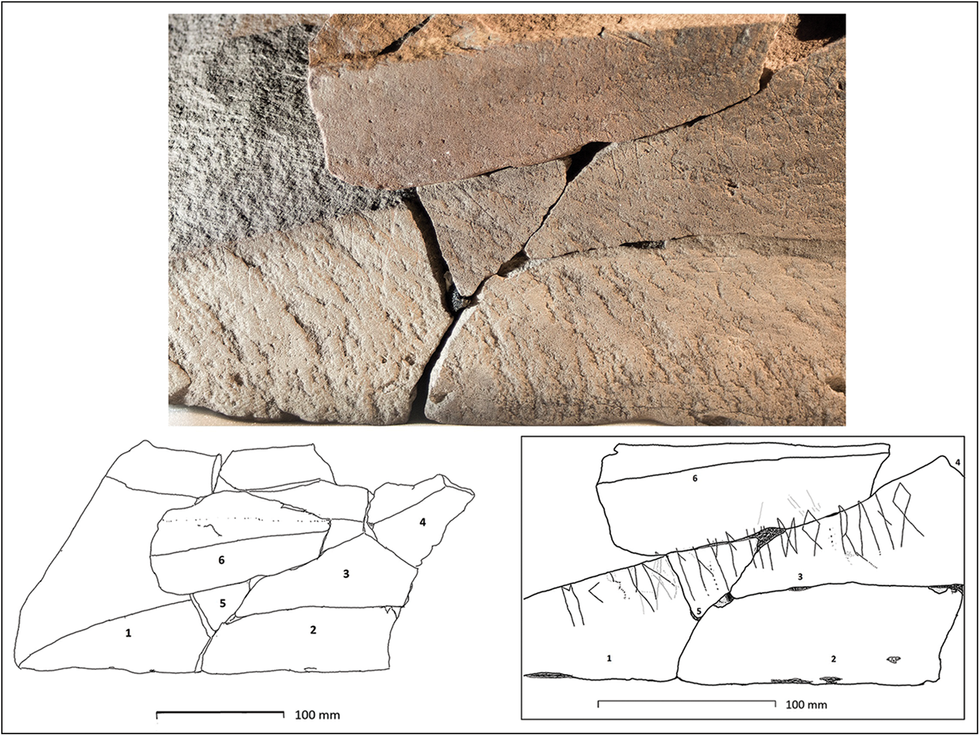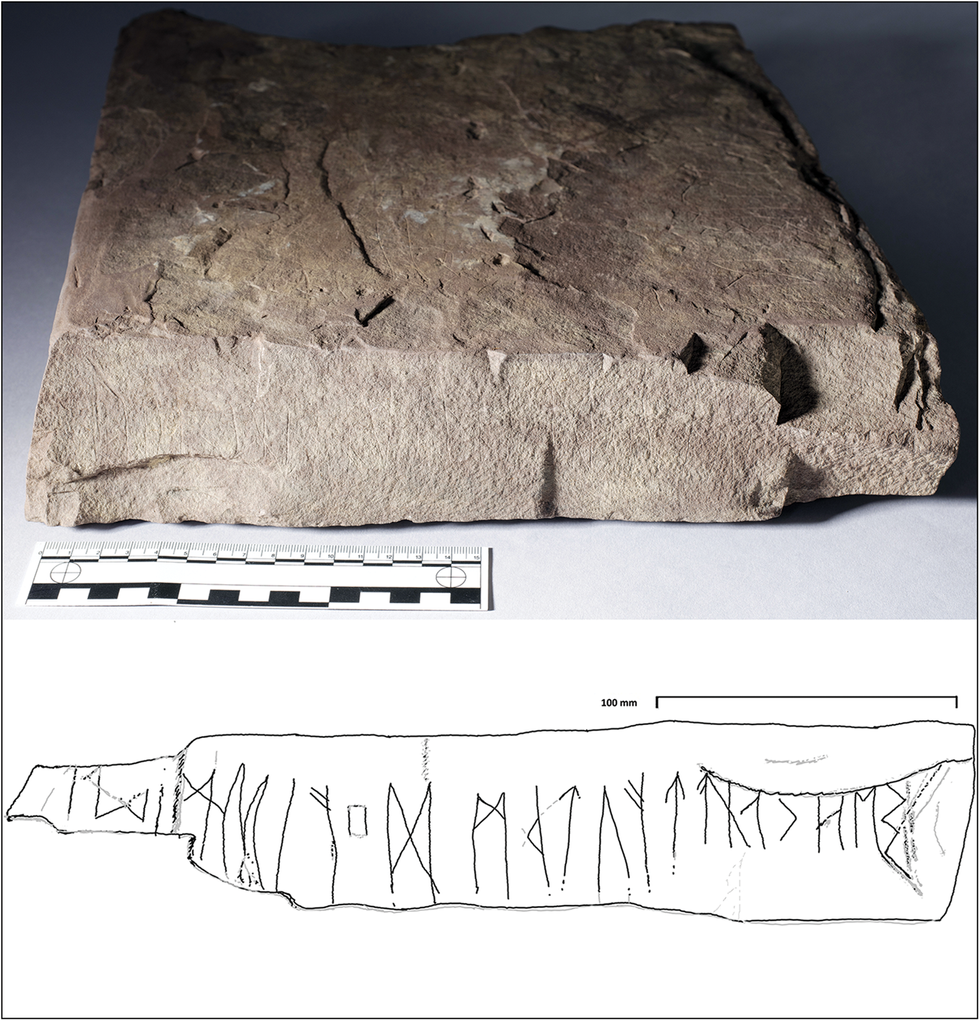Carvings in ancient Norwegian grave reveal what language may have been like before Vikings
Researchers reassembled scattered fragments of stone like a puzzle to find ancient Norse inscriptions
Don't Miss
Most Read
Trending on GB News
Archaeologists have discovered some of the earliest-known stone fragments containing Germanic letter inscriptions at a grave site in Norway, offering unprecedented insights into Norse language before the Viking age.
The ancient fragments, unearthed during excavations at the Svingerud Runestone between 2021 and 2023, have been dated to between 50BC and 275AD.
The discovery represents the earliest known context for rune writings, which were used in Nordic languages before the adoption of the Latin alphabet.
The findings, published in the journal Antiquity by researchers from the University of Oslo, provide crucial evidence about how early Germanic stone writing evolved.

Runes were used in Nordic languages before the adoption of the Latin alphabet - and can be seen scrawled on this piece of sandstone
ANTIQUITY
The sandstone fragments, found in separate graves, were discovered to fit together "like a jigsaw puzzle", suggesting they were once a single stone.
"The development of runic writing and the practice of inscribing runes on stone are difficult to trace," said study co-author Kristel Zilmer, a professor of runology at the University of Oslo.
The research team found evidence that the original large stone "was intentionally fragmented, scattered and incorporated into later burials".
The fragments were deliberately separated and distributed across multiple burial sites, indicating a possible ritual significance in their placement, and demonstrated an "unusual mixture of runes and other markings" - providing insights into early Germanic writing systems.
MORE ARCHAEOLOGY BREAKTHROUGHS:

The fragments were deliberately separated and distributed - but researchers reassembled them to find the runic inscriptions
ANTIQUITY
"Rune stones likely had both ceremonial and practical intentions," Dr Zilmer explained.
She noted that the original raised stone suggested "a commemorative and dedicatory intent", while its later use in separate burials showed "pragmatic and symbolic expressions".
The discovery sheds new light on ritual aspects of early northern European stone writing and the evolution of runic letters, which remained in use until approximately 700AD.
And it has raised intriguing questions about the origins and purpose of these ancient inscriptions.

Some inscriptions were fainter than others, including these on the edge of one sandstone piece
ANTIQUITY
Researchers are particularly interested in whether the unidentified symbols represent a bridge between decorative script and early regional writing.
"This is a rare example of finding runic fragments in well-preserved, datable archaeological contexts," said Steinar Solheim, a study co-author.
He called for fellow archaeologists to build on his team's research - and "thoroughly investigate stone fragments found in grave contexts and search for potential inscriptions".









